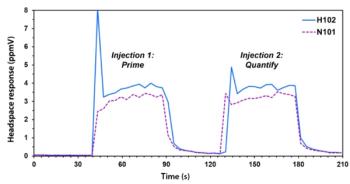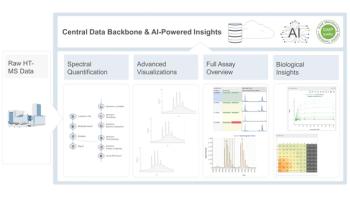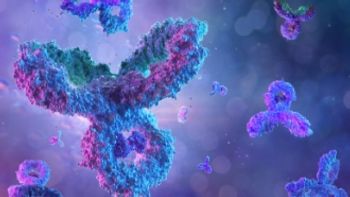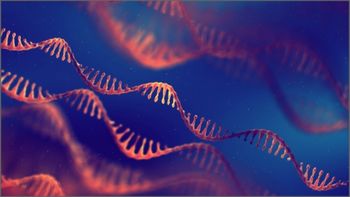
New HILIC Chromatography Method for Analysis of Nickel-Histidine Complex Species
A new study evaluated the use of HILIC for fast aqueous species distribution analysis of Nickel(II)-Histidine complex, finding that HILIC is appropriate for investigating coordination metal complexes.
A new hydrophilic-interaction chromatography (HILIC) method has been developed for the analysis of the low molecular weight Ni(II)-Histidine complex species. The study, published in the Journal of Chromatography A, was carried out by researchers at the University College Cork in Cork, Ireland (1).
A Zic-cHILIC fully porous column was evaluated for the separation of individual Ni(II)-Histidine species, and the two stepwise species Ni(II)His1 and Ni(II)His2. The method utilizing the Zic-cHILIC column was initially optimized for the simultaneous analysis of Ni(II)-Histidine species using ultraviolet (UV) detection with a mobile phase consisting of 70% acetonitrile and sodium acetate buffer at pH 6.
The Zic-cHILIC fully porous column is a type of chromatographic column used for the separation of complex mixtures of polar and highly charged compounds. It is composed of a zwitterionic stationary phase, which has both positive and negative charges, and a silica-based support. The column is highly efficient and selective in separating polar and highly charged compounds due to the stationary phase's interaction with the solutes. The Zic-cHILIC column has been demonstrated to be useful in the fast separation of individual Ni(II)-Histidine species, with a separation time of 120 seconds at a flow rate of 1 mL/min.
The identities of Ni(II)His1 and Ni(II)His2 species were confirmed using HILIC electrospray ionization-mass spectrometry (HILIC-ESI-MS) at negative mode. The aqueous metal complex species distribution analysis for the low molecular weight Ni(II)-Histidine system was chromatographically determined at various metal-ligand ratios and as a function of pH.
HILIC-ESI-MS is a hyphenated analytical technique used for the separation and detection of polar and hydrophilic compounds. HILIC is the chromatographic separation technique used, while ESI-MS is the detection method. HILIC separates polar and hydrophilic compounds based on their affinity for a hydrophilic stationary phase, while ESI-MS ionizes analytes and detects them based on their mass-to-charge ratio. HILIC-ESI-MS is widely used in the analysis of biological samples, metabolomics, and environmental monitoring.
This new HILIC method could be appropriate for investigating coordination metal complexes since these metals are generally charged and highly polar. The ability to identify the constituent metal complex species at trace analysis provides valuable insight into the mechanism of bioactivity and transport of the metal, and is particularly useful for metallomics in dealing with the complexity of a biological sample.
Reference
(1) Alsaeedi, M.; Alghamdi, H.; Hayes, P.; Hogan, A. M.; Gilchrist, E. S.; Dowling, K. G.; English, J. A.; Glennon, J. D. Evaluation of hydrophilic interaction chromatography versus reversed-phase chromatography for fast aqueous species distribution analysis of Nickel(II)-Histidine complex species. J. Chromatogr. A 2023, 1693, 463857. DOI:
Newsletter
Join the global community of analytical scientists who trust LCGC for insights on the latest techniques, trends, and expert solutions in chromatography.




